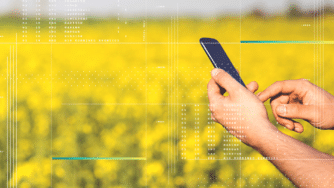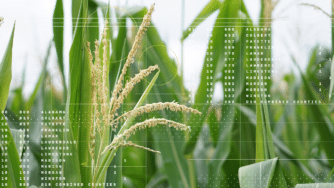At CIBO, we use the crop and environment model called SALUS (system approach for land use sustainability), integrating the model with applications that help growers and enterprises understand and simulate the effects of different management practices on fields and supply sheds. SALUS is capable of simulating the performance of various crops at many scales, modeling the effects of crop rotation, land management strategies, and weather on emissions, crop growth and yield, soil organic matter, nitrogen dynamics, and heat balance.
The initial version of SALUS was developed at Michigan State University by CIBO co-founder Bruno Basso and has been the subject of 20 years of testing across thousands of fields in 46 countries, more than 25 PhD dissertations, over 230 peer-reviewed journal articles, and thousands of academic citations. CIBO has an exclusive commercial license to SALUS, which it has continuously been improving, expanding to new crops, and scaling to address practical needs of agriculture from subfield to continental scales.
The CIBO platform is powerful, high-performing, and exceptionally easy to use. However, one question that is asked about any model is “How accurate is it”?
Accuracy and precision are some of the core challenges for any model. Because a model is a simplification of reality, small inaccuracies will inevitably occur. In data science, we measure accuracy and precision in terms of bias and standard error. To assess the accuracy and strength of the model to predict soil carbon flux, CIBO undertook a “model bias analysis”.
Although the name of this analysis refers to bias in particular, the analysis in fact assesses both bias and variability. The process involved comparing CIBO’s model results to results seen in published literature. The team ended up running the data analysis against 39 published datasets, with a total of 185 treatment comparisons. These datasets measure soil carbon change in response to changes in cropping, tillage, and residue management, and represent many of the major soil types of the Corn Belt. For each dataset, the CIBO team created an experiment to mimic the study, and compare CIBO’s modeled results with the published outcome. CIBO’s result proved a model bias of 0.05 carbon credits.
At CIBO, our mission is to help organizations and growers understand their carbon footprints to reduce their impact on the environment. Performing the model bias analysis was an important step in building trust with the growers and enterprises that rely on CIBO technology to make important decisions.
Coming soon will be a full whitepaper explaining CIBO’s methodology and the results of the study.



